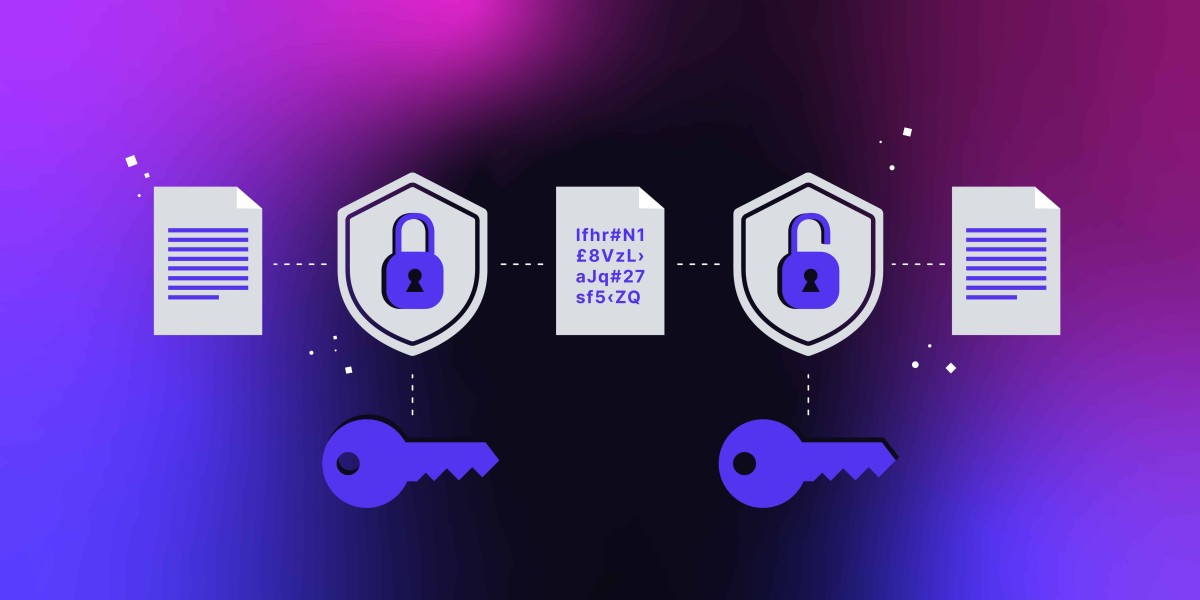Post-quantum Cryptography
The Need for Post-Quantum Cryptography
Recent advancements in quantum computing indicate an inevitable future of functional and widely accessible quantum computer systems. Progress has been notable in developing more stable and scalable qubits, the fundamental units of quantum information, using technologies such as superconducting circuits, trapped ions, and photonic qubits. Companies such as IBM, Google, Rigetti, and IonQ have been pivotal in advancing qubit counts and reducing error rates.
Initiatives like the European Quantum Communication Infrastructure (EuroQCI) and the National Quantum Initiative in the United States underscore the global commitment to advancing quantum technologies. Concurrently, there have been significant strides in quantum algorithms, particularly in areas like quantum simulation, optimization, and cryptography. Researchers are actively exploring how quantum computers can efficiently tackle NP-hard problems that are challenging for classical computers.
While promising a substantial increase in computational power, capable of solving complex problems efficiently, quantum computing also presents new cybersecurity challenges. Quantum algorithms capable of swiftly solving problems such as integer factorization and discrete logarithms threaten the security of classical cryptosystems like RSA, ECC, and ElGamal, which rely on these problems for their cryptographic strength. Consequently, there is an urgent need to reassess and potentially replace these classical cryptosystems with a new generation of post-quantum algorithms and cryptographic techniques, currently under active research and development.
NIST's PQC Standardization Efforts
Lattice-based Cryptography
Lattice-based cryptography is a branch of cryptography that relies on the complexity of certain mathematical problems related to lattices in high-dimensional spaces. Lattices are geometric structures formed by points arranged in a regular pattern in multiple dimensions. In lattice-based cryptography, security is based on the hardness of certain lattice problems, such as the Shortest Vector Problem (SVP) and the Learning With Errors (LWE) problem. These problems involve finding short vectors in a lattice or distinguishing random noise from lattice points. Lattice-based cryptography offers a wide range of cryptographic primitives, including encryption (e.g., Ring-LWE encryption), digital signatures (e.g., BLISS and NTRU), key exchange protocols (e.g., NewHope), and other cryptographic primitives like homomorphic encryption and secure multi-party computation.
Implementing lattice-based cryptographic schemes efficiently can be challenging, especially in terms of key sizes and computational overhead. However, ongoing research aims to address these challenges and improve the practicality of lattice-based cryptography.
Code-based Cryptography
Code-based cryptography uses mathematical coding theory, specifically error-correcting codes, as the basis for its security. The security of code-based cryptography relies on the difficulty of decoding linear error-correcting codes. Code-based cryptography provides cryptographic primitives such as encryption (e.g., the McEliece cryptosystem), digital signatures (e.g., the Niederreiter cryptosystem), and key exchange protocols. Code-based cryptography faces challenges in terms of efficiency and key size. Key sizes tend to be larger compared to some other cryptographic schemes, which can impact performance and memory requirements. However, ongoing research aims to optimize these aspects.

